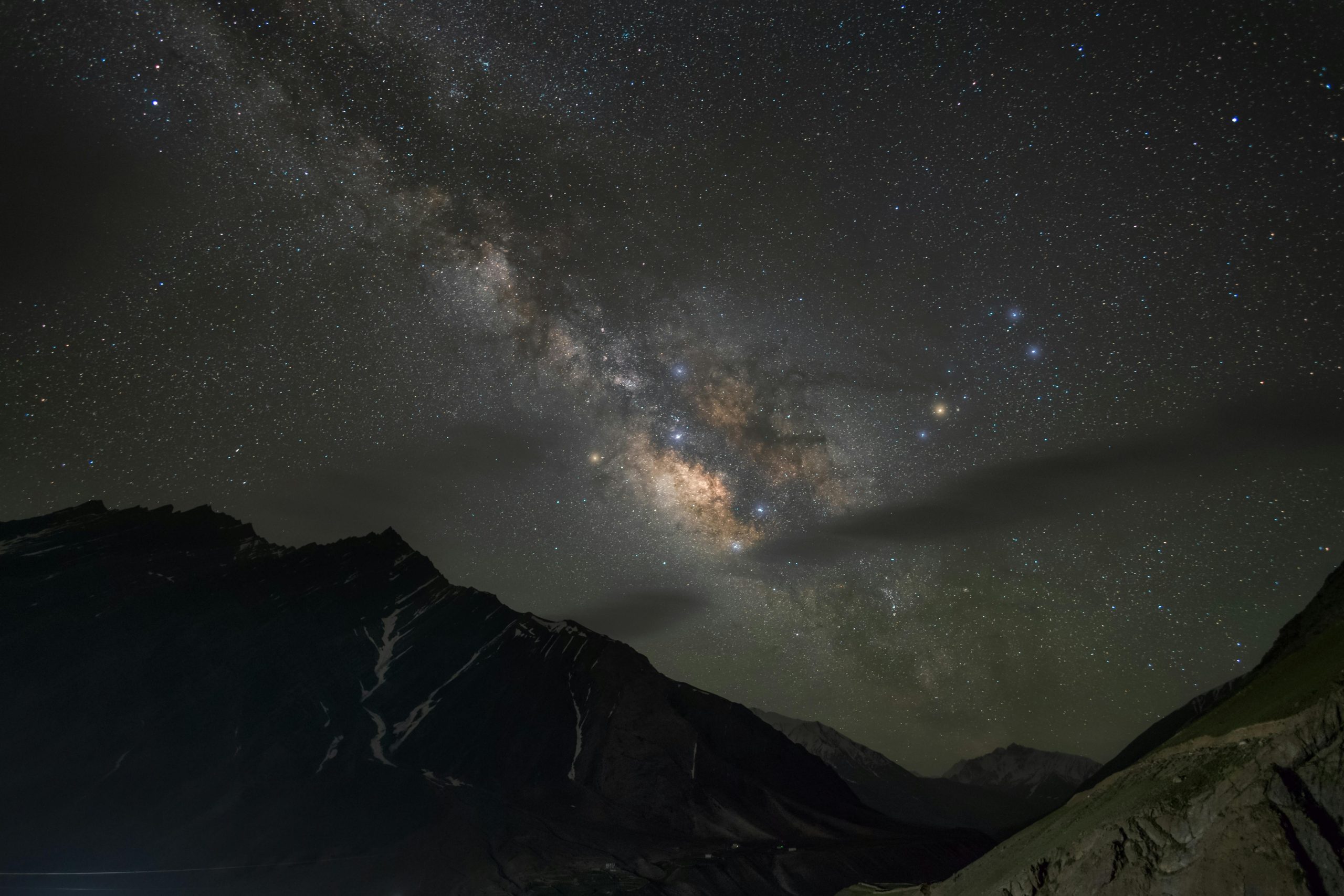Image Prompt Help, maintaining consistency from another angle
Creating Consistent Indoor Image Variations from Different Angles: A Guide
In the evolving world of digital imaging and artificial intelligence (AI)-driven content creation, generating multiple perspectives of the same scene can be both an art and a science. Many enthusiasts and professionals grapple with maintaining consistency across different angles, especially when transitioning from outside to indoor environments or altering viewpoints within the same setting. This article explores effective strategies and tips to achieve seamless image variations, focusing on indoor scenes such as a spa setup with food on a table.
Understanding the Challenge
Imagine you’ve crafted a detailed indoor scene using AI tools like Midjourney or Gemini, depicting a cozy spa room with a neatly arranged food table. Later, you want to generate a different angle—perhaps a side view or closer shot—while keeping the overall scene consistent, including the furniture, background, and the food arrangement.
However, difficulties often arise:
- The generated images from different angles may not align perfectly.
- Food items and other details may shift position or appearance.
- The room’s perspective may distort, causing inconsistencies.
These issues stem from the inherent challenge in controlling AI models to produce perfectly aligned variations from different viewpoints.
Strategies for Maintaining Consistency
- Use Reference Images for Guidance
One of the most effective methods is to provide the AI with reference images that showcase the scene from the desired angles. This can be achieved through:
- Image-to-image prompts: Upload your initial scene and request the AI to generate variations while keeping the core elements consistent.
-
Prompt engineering: Explicitly describe the scene, emphasizing that certain objects (like the food and furniture) should remain unchanged in appearance and position.
-
Employ Precise Prompt Crafting
Craft your prompts carefully to specify the angle and perspective details. For example:
“Generate a side view of the spa dining scene, maintaining the same food placement on the table and background elements, with the same lighting and overall composition.”
Including descriptive details about the viewpoint helps guide the AI toward more consistent results.
-
Use Layered and Iterative Approach
-
Generate a high-quality reference image from your initial scene.
- Use this image as a reference for subsequent prompts, requesting modifications at specific angles.
-
Perform multiple iterations, refining prompts to get closer to your desired perspective.
-
Adjust Food and Object Orientation
If the AI-generated image has the food in the wrong orientation, consider:
- Providing explicit instructions to rotate or reposition the food items.
- Using image editing software post-generation














Post Comment